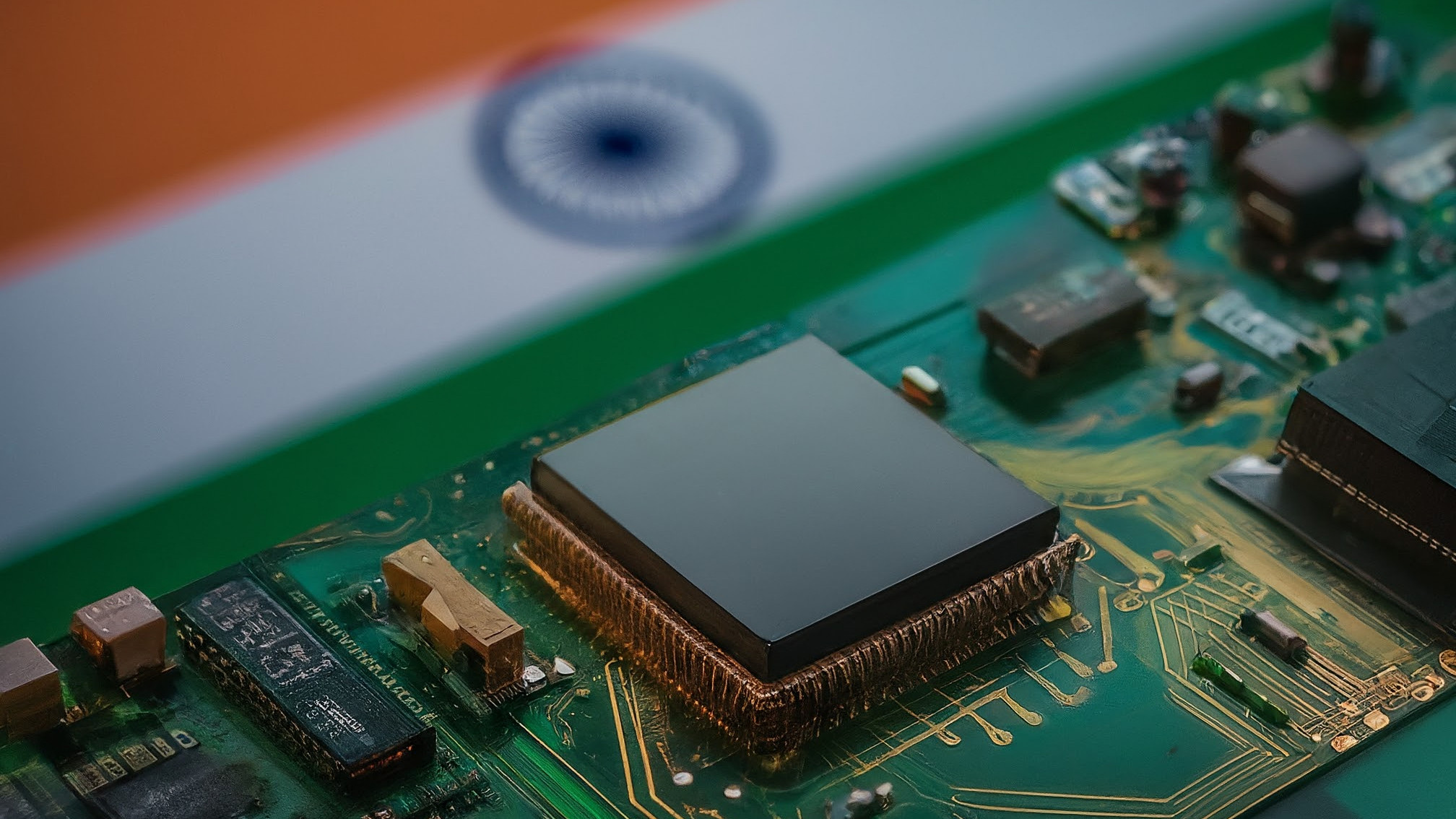Experts caution India to bolster its chip design capabilities amid rising competition from China, spurred by the US easing EDA software export restrictions. This shift intensifies the global race for semiconductor market share, urging India to accelerate R&D, skill development, and strategic investments to secure its position in the industry. The focus should be on innovation and addressing complex problems.
The Semiconductor Landscape: Is India’s Chip Dream Threatened by US-China Thaw?
The global semiconductor industry is a high-stakes chess game, and the pieces are constantly being rearranged. Recently, a subtle but potentially significant shift has occurred: the United States has signaled a willingness to engage, at least to some extent, with China on technology, specifically around legacy chips. But what does this mean for India, a nation aggressively pursuing its own ambitious semiconductor manufacturing goals? Should Indian companies be concerned, or does this present a unique opportunity?
For years, the narrative surrounding the semiconductor sector has been dominated by geopolitical tensions, particularly between the US and China. Washington, driven by national security concerns and a desire to maintain its technological edge, imposed export controls aimed at curbing China’s access to advanced chip technology. The aim was clear: slow down China’s progress in key areas like artificial intelligence and supercomputing. This created ripples throughout the entire global supply chain, compelling companies to re-evaluate their sourcing and manufacturing strategies.
Now, there’s a hint of a potential détente. While the US remains steadfast in its restrictions on cutting-edge chips, there are indications of a willingness to cooperate with China on mature technologies, sometimes referred to as legacy chips—those generally using older manufacturing processes. This apparent shift raises several crucial questions for India’s burgeoning semiconductor industry.
![]()
Decoding the US-China Semiconductor Dance
The reasons behind this possible US shift are multifaceted. The global chip shortage experienced during the pandemic exposed vulnerabilities in the supply chain. Diversifying manufacturing locations became an urgent priority. Also, legacy chips, while not as technologically advanced, remain essential for a vast range of applications, from automobiles and home appliances to industrial equipment. Trying to completely isolate China from this sector is proving difficult and, arguably, counterproductive. Some analysts believe that attempting to completely shut down legacy chip manufacturing in China risks further destabilizing the global economy. The focus seems to be shifting towards a more targeted approach, focusing on protecting advanced technologies while allowing some level of engagement on less sensitive areas.
This nuance in US policy creates a complex landscape. On the one hand, it could ease some of the supply chain pressures that have plagued industries worldwide. On the other hand, it throws a curveball at countries like India, who are hoping to capture a larger share of the semiconductor market.
India’s Semiconductor Ambitions: A Reality Check?
India has made no secret of its desire to become a major player in the semiconductor industry. The government has launched ambitious incentive programs to attract chip manufacturers to set up shop in India, promising financial support and infrastructure development. The goal is to create a self-reliant ecosystem, reducing India’s dependence on foreign suppliers and fostering domestic innovation.
The news of a potential US-China thaw introduces an element of uncertainty. If China regains greater access to certain chip technologies, it could impact the competitiveness of Indian manufacturers. Chinese companies, with their established infrastructure and existing market share, could potentially undercut Indian firms, making it harder for them to gain a foothold in the global market.
However, it is not all doom and gloom. The opportunity for India lies in targeting specific niches within the semiconductor market. Rather than directly competing with China in all areas, India can focus on specializing in areas where it has a comparative advantage, such as design, research and development, or specialized manufacturing processes. The government’s ‘Make in India’ initiative, if strategically implemented, can attract further foreign investment and boost domestic manufacturing capabilities.
Furthermore, India’s large and growing domestic market presents a significant opportunity for semiconductor companies. With a burgeoning middle class and increasing adoption of electronic devices, the demand for chips is only going to increase. Companies that can cater to this domestic market will have a significant advantage. This, coupled with a focus on cultivating a strong design and innovation ecosystem, as well as supporting related industries like electronics manufacturing, can contribute to India’s success. We have previously examined ways to foster a healthier tech ecosystem in India, including the crucial role of investment and nurturing local talent.
Navigating the New Semiconductor World Order
The semiconductor industry is in constant flux. The US-China relationship, technological advancements, and geopolitical considerations will continue to shape the market. For Indian companies to thrive in this dynamic environment, they need to be agile, strategic, and innovative. Government support is crucial, but ultimately, it will be the companies that can adapt to the changing landscape and carve out their own niche that will succeed. The opening of tech gates between the US and China doesn’t necessarily spell disaster for India’s semiconductor dreams; instead, it might just redefine the rules of the game.







